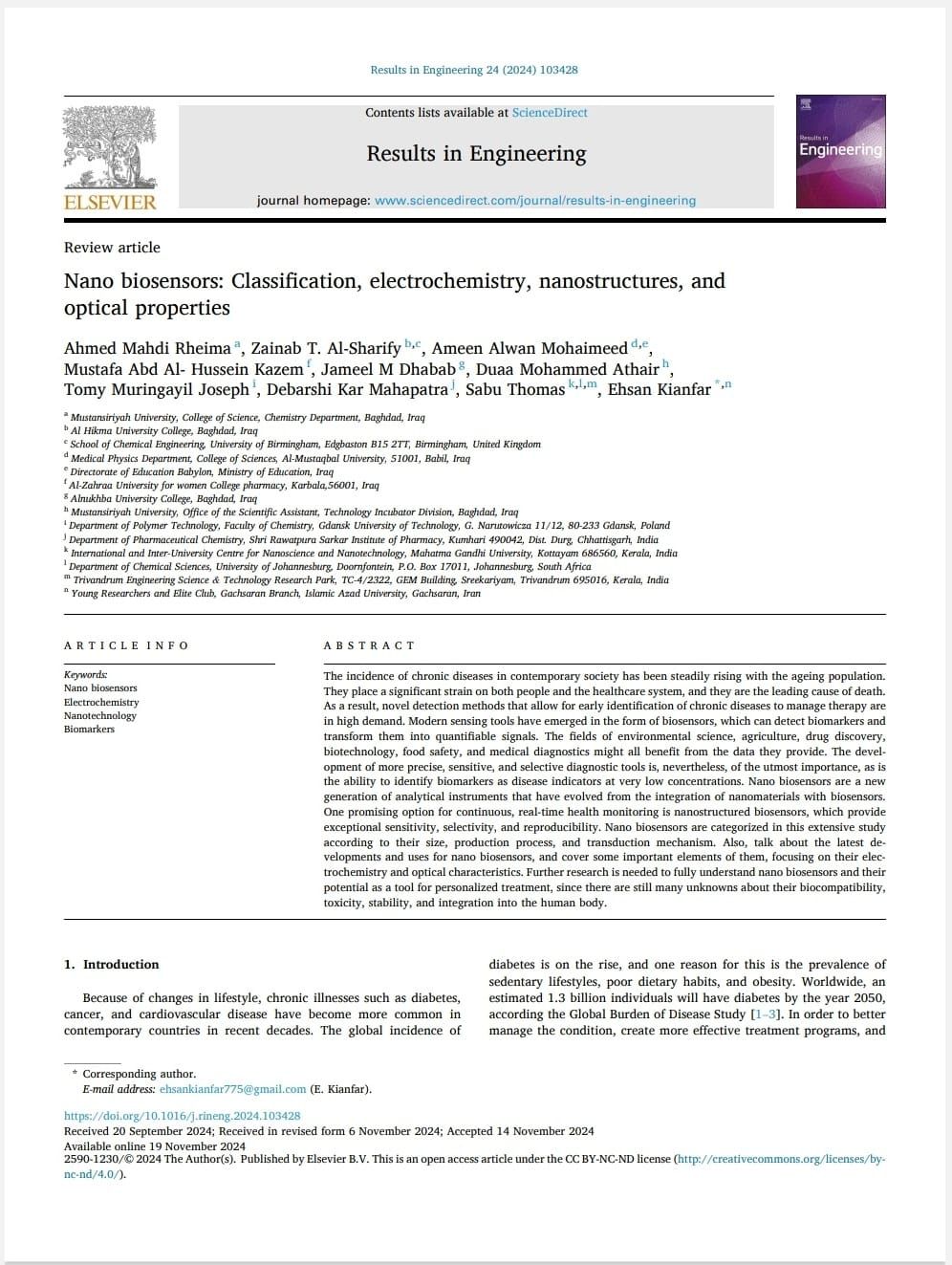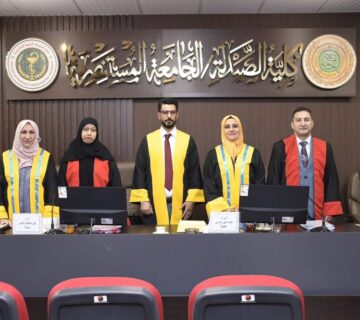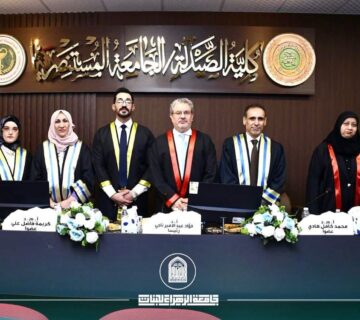Asst. Prof. Mustafa Abd AL-Hussein Kazem, Pharmacy Faculty member, at Al-Zahraa University for Women, has successfully published a distinctive scientific paper in a peer-reviewed journal indexed in Scopus (Q1), issued by Elsevier, with an impact factor of 6.006 and a CiteScore of 5.6.
The research title.
“Nano Biosensors: Classification, Electrochemistry, Nanostructures, and Optical Properties”
The study highlights the rising prevalence of chronic diseases, particularly among the aging population, which imposes a significant burden on individuals and healthcare systems. These diseases are among the leading causes of mortality, which underscore the crucial need of new early detection technologies development for improving treatment strategies.
The research delves into recent advancements in Nano Biosensors, which are highly advanced analytical tools capable of detecting biomarkers and converting them into quantifiable signals. These biosensors have broad applications in environmental monitoring, agriculture, drug discovery, biotechnology, food safety, as well as medical diagnostics.
A key focus of the study is the dire requirement for up-scaled diagnostic tools with enhanced accuracy, sensitivity, and selectivity, capable of detecting biomarkers at ultra-low concentrations. The new generation of Nano Biosensors represents a promising real-time health monitoring solution, offering high sensitivity, selectivity, and reliable reproducibility.
It bears noting that the research categorizes Nano biosensors based on their size, fabrication methods, as well as signal transduction mechanisms. It also explores recent developments and challenges in the field, particularly in terms of their chemical and optical properties.
It is important to observe that despite the significant progress already made in this area, as emphasized in the study there still exists a pressing need for further research to fully understand the biological control, toxicity, stability, as well as integration of Nano Biosensors with the human body. Addressing these challenges will enhance their potential as future diagnostic and personalized treatment tools.
Translated by Zahra' Ala', revised by Asst. Lect. Inam Mohammed



